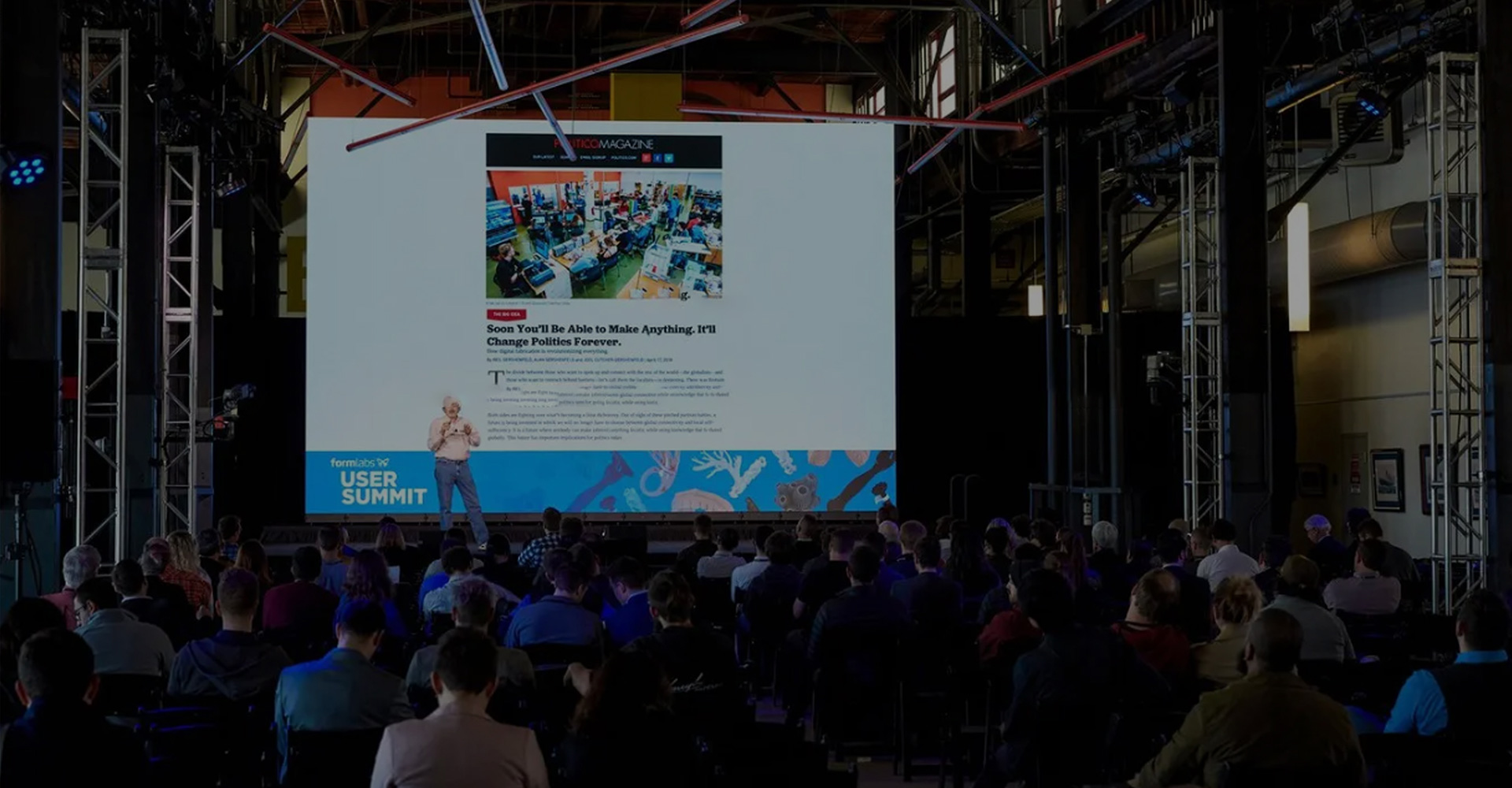
3D printing, also known as additive manufacturing, emerged in the mid-1990s as a technique for creating three-dimensional objects based on digital model files. 3D printing is the production of three-dimensional solid models through additive methods. In the additive process, the material is stacked layer by layer until the complete object is formed, and each layer can be viewed as a thin horizontal section of the final object.

How does 3D printing work?
3D printing is based on computer 3D design model, which is discretized into several layers of plane slices by software, and then the powder, liquid or filament-like metal, ceramic, plastic, cell tissue and other materials are stacked and bonded layer by layer by layer by CNC forming system using laser beam, hot melt nozzle and other methods, and finally superposition forming to produce solid products.
The workflow of 3D printing
一, create a model
3D model creation is to build a model with 3D data from virtual 3D space through 3D software. Models can be created in the following ways:
1. Download the 3D model directly from the website.
2. Reverse engineering modeling through 3d scanner. The object is scanned by a scanner to obtain three-dimensional data, which is then processed and repaired. It can accurately describe the three-dimensional structure of a series of coordinate data, input 3D software can be a complete restoration of the 3D model of the object.
3. Modeling with modeling software. There are many 3D modeling software on the market, such as 3DMax, Maya, CAD and so on, which can be used for 3D modeling. In addition, some 3D printer manufacturers also provide 3D modeling software.
二, stratified slice
Slice software is used to cut the 3D model into pieces, design the printing path (filling density, Angle, shell, etc.), and store the sliced files into gcode format, which can be directly read and used by 3D printers. Then, through the 3D printer control software, the gcode file is sent to the printer and the parameters of the 3D printer are controlled.
三. Drag the layered preview scroll bar
Drag the layer preview scroll bar, the software can display the image of each layer according to the parameter value. We know the principle of FDM printing technology, which is to realize the molding of the whole model by stacking the materials layer by layer. With the preview, you can visually see how the model is generated layer by layer.
四, add support
Some models need some support in certain parts. For example, the horn of an elk. At this time, we can add a support at the appropriate part of the model, so that when printing, the printer will print out this part of the support body, and we can remove the support body by some methods later. Some supports are made of water-soluble materials that are easy to remove later.
Slicing software generally supports manual and automatic support addition. Automatically add supports. The system will automatically add supports in certain parts according to the model you want to print.
五, the printing process
Start the 3D printer, slice the STL format model and get the Gcode file by means of data cable and SD card and send it to the 3D printer. At the same time, load the 3D printing materials, debug the printing platform, set the printing parameters, and then the printer starts to work. The materials will be printed out layer by layer, and the layers will be bonded with special glue. They fixed the pattern in cross sections, and finally stacked the layers on top of each other, just like building a house. The bricks are layered on top of each other, but when they add up, they become a three-dimensional house. Finally, after layered printing, layer by layer bonding, layer by layer stacking, a complete item will appear in front of our eyes.
六, printing completed, post-processing
After the 3D printer is done, the object is removed for post-processing. For example, the support structure is removed, the surface of the object is polished and painted, and some follow-up treatment measures are taken to strengthen the molding strength and prolong the storage time.
The advantages of 3D printing
1. Fast speed
2. Low cost
3. Integrated molding
4. Risk reduction
5. Complexity and design freedom
6. Easy to get started
7. Sustainability
8, physical exact copy
+86 19958086067
sales@3dacme.com